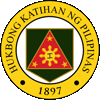
This is a subscription only section
Want to read more? It's only €10/year.
Already have a subscription?Login
No subscription yet? Head to our shop
No account yet? Just Create an account first and head to the shop







